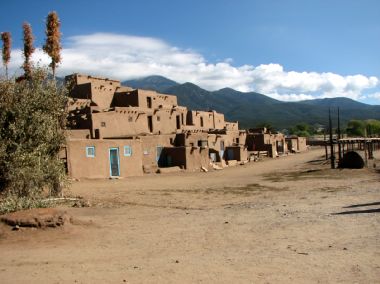
2007-10-04: Taos Pueblo
This picturesque pueblo at the base of the Sangre de Cristo Mountains is one of the oldest continuously inhabited communities in North America. When we were in this area a few years ago we weren't able to take any photos so it was a MUST that we return this time.

2007-10-04: St. Jerome Church
This Catholic Church was built in 1850 to replace the church that was lost in 1847 during the US War with Mexico. The interior (which we could not photograph) had wonderful hand carved wood beams and choir loft. The central altar figure is the Virgin Mary, which along with other santos were brought by early Spanish missionaries.
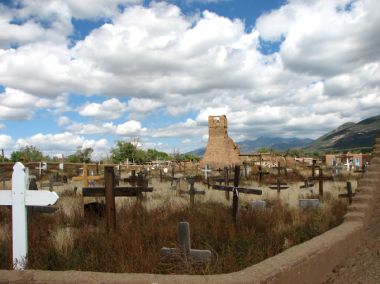
2007-10-04: Cemetery
The bell tower from the original church was all that was left standing after the war in 1847. All of the men, women and children who sought sanctuary inside the church perished and the courtyard of the old church became a place of burial.
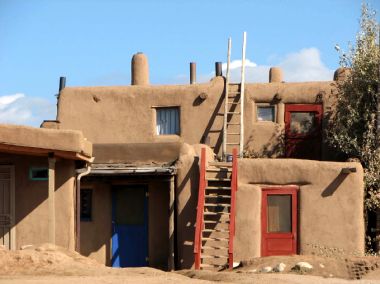
2007-10-04: Pueblo
Homes within the pueblo are passed on from generation to generation and maintained by each family. Walking around we didn't see any homes in disrepair. No home within the walls of the pueblo has electricity or running water.
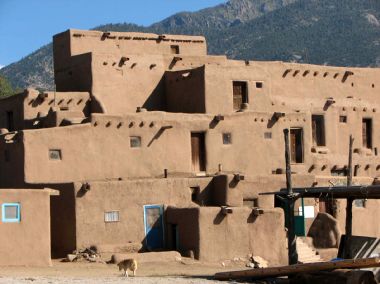
2007-10-04: North House
Hlaumma, the north house ranges from 1-5 stories high. Taos pueblo is known to have inspired what is now known as southwestern architecture. Each door is an entrance to a privately owned home.
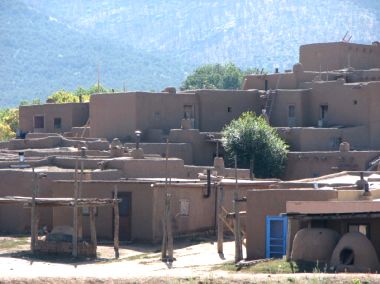
2007-10-04: South House
Hlaukwima is the same as the north house structure with 3-4 stories. Access to both structures is by way of ladders. Originally the structures didn't have windows or doors. The ladders were used to enter.
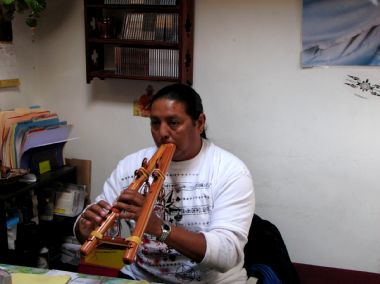
2007-10-04: Mirabal Family
The Mirabal family not only makes unique flutes but play them beautifully. Robert Mirabal said "I am a warrior and a fighter for the earth, for the elements, and for tradition and those things that have been passed down. I didn't choose to be a musician - it just said, this is what you're going to do".
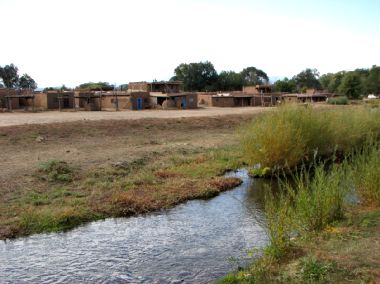
2007-10-04: Rio Pueblo de Taos
Rio Pueblo de Taos or Red Willow Creek is the source of drinking water for the residents of the pueblo. The river originates at the sacred Blue Lake located high in the mountains. In the 1900's, the lake became a part of the Carson National Forest that allowed the invasion of non-tribal members into land considered sacred by the people of Taos Pueblo. After a 64-year legal battle, Blue Lake was returned on the basis of freedom of religion.
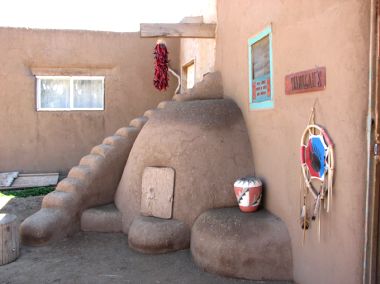
2007-10-04: Oven
The adobe mounds found throughout the pueblo are called hornos and are used to bake bread. First a fire is built with cedar wood, then as the wood burns to ash, it is removed and dough is placed inside where it is cooked to perfection.
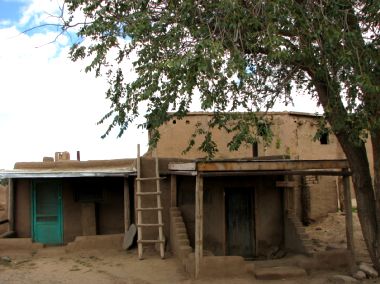
2007-10-04: Another Home
Many of the homes of the pueblo serve a dual purpose. The front room is a place where the resident can sell his craft which range from jewelry, drums, leather crafts and micaceous pottery made with a natural brown earth clay that has flecks of mica in it and which is distinct to Taos Pueblo. The back rooms then become living quarters. There are still 50 - 100 people living full time within the walls of the pueblo while the others live on tribal land but with modern conveniences as well as electricity and running water.
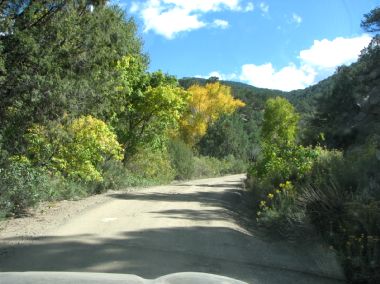
2007-10-04: Rio Chiquito Trail
It was time to hit the back roads here in Taos. We decided to take a trail that followed the path of the Rio Chiquito.
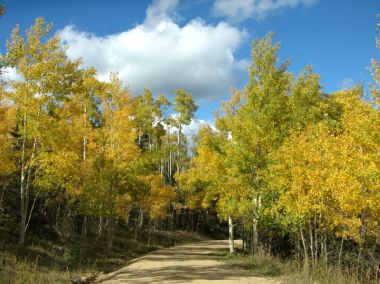
2007-10-04: Colors
As we began our run, the aspens were as beautiful as ever...
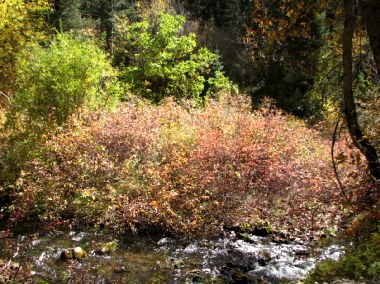
2007-10-04: Reds
...and then we saw the first of the reds...
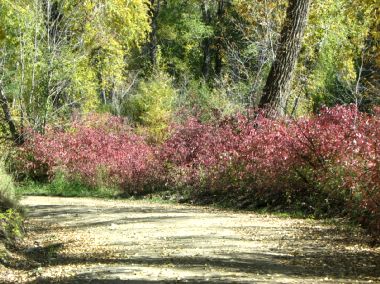
2007-10-04: Maroon
...and then some that were a maroon color!
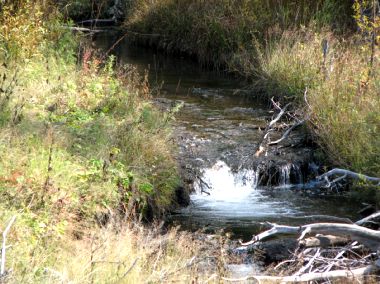
2007-10-04: Rio Chiquito
The river babbling along the trail was relaxing...
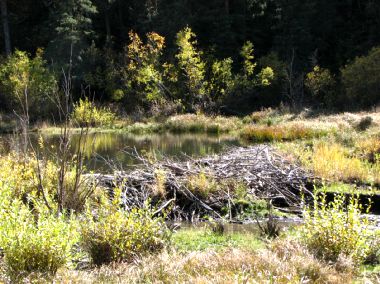
2007-10-04: Beaver Dam
...and was dammed in several places along its path by the local beavers.